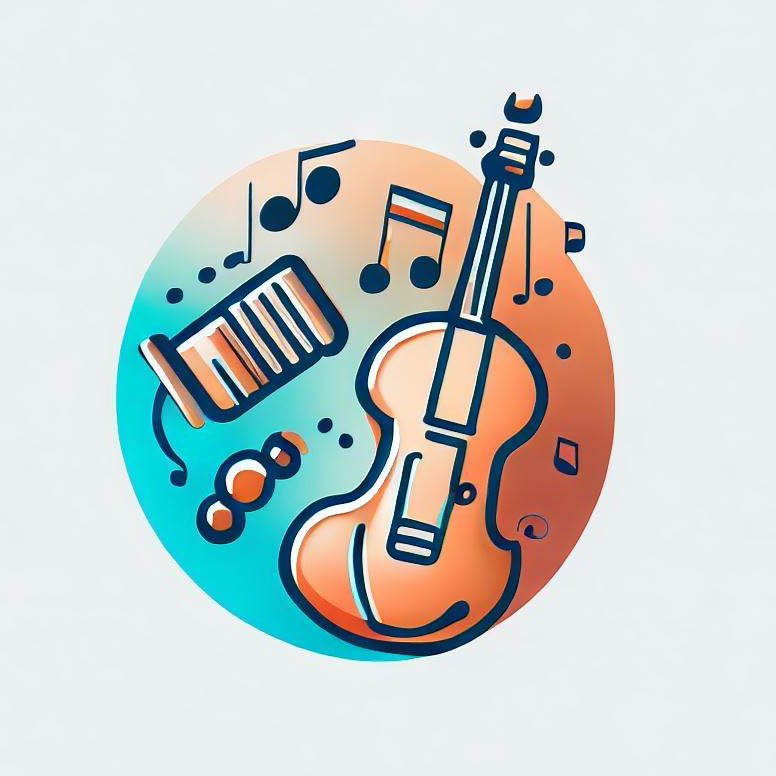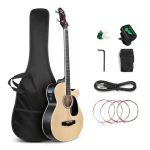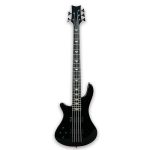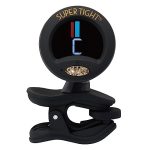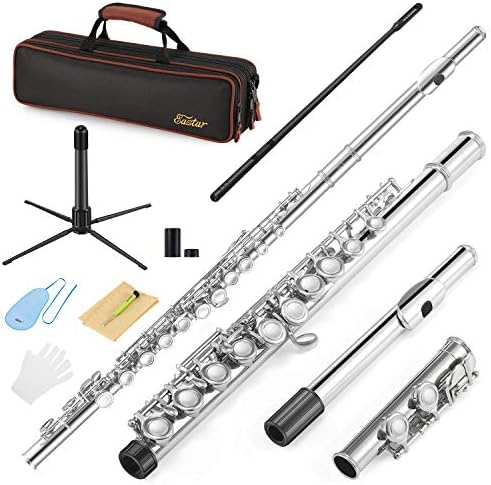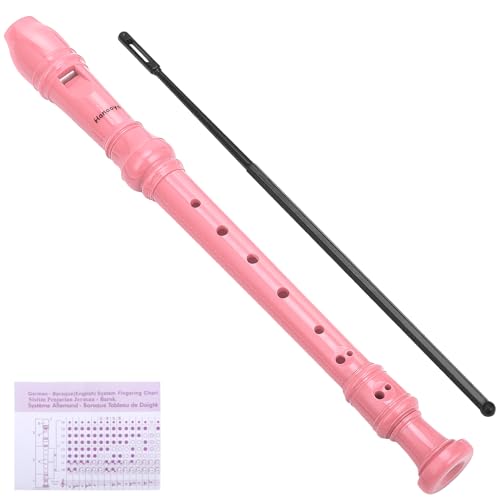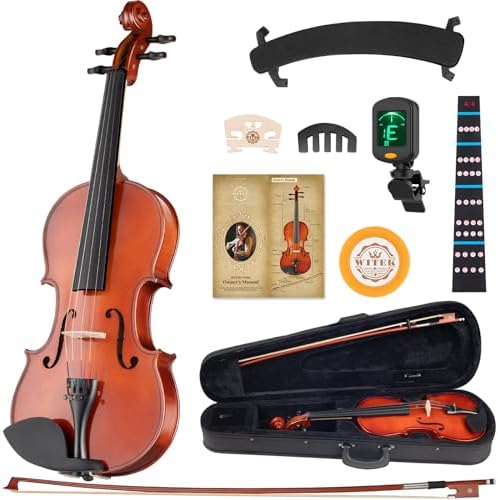# How to Choose a Flute: A Guide for Beginners
If you are interested in learning how to play the flute, one of the first steps is to choose a suitable instrument for your level and budget. There are many factors to consider when buying a flute, such as the material, the key system, the foot joint, the head joint, and the brand. In this article, we will explain some of these aspects and help you find the best flute for beginners.
Material

The material of the flute affects its sound quality, durability, and price. Most beginner flutes are made of nickel silver, which is an alloy of copper, zinc, and nickel. This material is strong, resistant to corrosion, and easy to maintain. Nickel silver flutes have a bright and clear tone that is suitable for beginners.
Some flutes have a solid silver head joint, which is the part that you blow into. The head joint is the most important part of the flute’s tone production, as it shapes the air stream and creates the vibrations. A solid silver head joint can enhance the sound quality of the flute by adding more warmth, depth, and resonance. However, it also increases the cost of the flute.
Other materials that are used for flutes include gold, platinum, wood, and plastic. These materials are more expensive, rare, or specialized, and are usually not recommended for beginners.
Key System

The key system of the flute refers to the arrangement and shape of the keys that you press with your fingers. There are two main types of key systems: closed hole and open hole.
Closed hole flutes have solid keys that cover the holes completely when pressed. This makes it easier to play the flute without leaking air or making mistakes. Closed hole flutes are ideal for beginners who need to develop their finger technique and hand position.
Open hole flutes have keys with holes in them that require more precise finger placement and control. This allows for more advanced techniques such as half-holing, bending notes, and playing harmonics. Open hole flutes are more suitable for intermediate or advanced players who want to improve their tone quality and expression.
Some open hole flutes come with plugs that can fill the holes temporarily until you are ready to play without them. This can help you transition from a closed hole to an open hole flute gradually.
Foot Joint
The foot joint is the lower part of the flute that has the lowest keys. There are two main types of foot joints: C foot and B foot.
C foot flutes have a shorter foot joint that ends with a low C note. This makes the flute lighter and easier to balance. C foot flutes are more common among beginner flutes, as they are cheaper and simpler to play.
B foot flutes have a longer foot joint that extends to a low B note. This adds one more key and one more note to the flute’s range. B foot flutes are more popular among intermediate or advanced flutes, as they offer more musical possibilities and a richer sound.

Head Joint
The head joint is the upper part of the flute that has the mouthpiece and the lip plate. The shape and design of the head joint affect how easy or hard it is to produce a sound on the flute. There are different types of head joints that vary in their cut, curve, taper, and embouchure hole.
The cut of the head joint refers to how the embouchure hole is shaped. There are different cuts such as straight cut, oval cut, wave cut, and undercut. The cut affects how much air resistance and flexibility you feel when playing the flute.
The curve of the head joint refers to how much it bends from the mouthpiece to the body. There are different curves such as standard curve, curved head joint, and alto head joint. The curve affects how comfortable and ergonomic it is to hold and play the flute.
The taper of the head joint refers to how much it narrows from the mouthpiece to the body. There are different tapers such as cylindrical taper, conical taper, and parabolic taper. The taper affects how evenly and smoothly the sound travels through the flute.
The embouchure hole is where you blow air into the flute. The size, shape, and position of the embouchure hole affect how easy or hard it is to produce a sound on the flute.

Brand
The brand of the flute is another factor to consider when choosing a flute. There are many brands that make flutes for different levels and budgets. Some of the most popular and reputable brands include Yamaha, Gemeinhardt, Pearl, Jupiter, Eastar, Mendini by Cecilio, Jean Paul USA, Selmer Prelude, Kaizer, Etude Model EFL-100 Student Flute 11., Hawk WD-F113-WT Closed Hole C Flute 12., Eagle FL03N 13., Burkart Resona 300 Flute 14., NUVO N220JFBK Flute 15., Merano Blue Lacquer Beginner Flute 16., etc.
Each brand has its own style, quality, and reputation. Some brands are known for their durability, reliability, and consistency. Some brands are known for their innovation, creativity, and diversity. Some brands are known for their affordability, accessibility, and value.
It is important to do some research and compare different brands before buying a flute. You can read reviews, watch videos, listen to recordings, or try out different flutes in person if possible. You can also ask for recommendations from your teacher, friends, or other flute players.
Comparison Table
To help you compare some of the best flutes for beginners, we have created a table that shows some of their features and prices. Note that the prices may vary depending on the seller, the condition, and the availability of the flutes.
| Brand | Model | Material | Key System | Foot Joint | Head Joint | Price |
|---|---|---|---|---|---|---|
| Yamaha | YFL-222 | Nickel silver with silver-plated finish | Closed hole with offset G | C foot | Straight cut with standard curve and cylindrical taper | $650 |
| Gemeinhardt | 3 | Nickel silver with silver-plated finish | Open hole with inline or offset G | C foot | J1 headjoint with standard curve and conical taper | $998 |
| Eastman | Student Flute Model | Nickel silver with silver-plated finish | Closed hole with offset G | C foot | Straight cut with standard curve and cylindrical taper | $998 |
| Mendini by Cecilio | Closed Hole C Flute For Beginners | Nickel silver with various color options | Closed hole with offset G | C foot | Straight cut with standard curve and cylindrical taper | $130 |
| Jean Paul USA | FL-220 17. 18. 19. 20. 21. 22. 23. 24. | Nickel silver with silver-plated finish 25. | Closed hole with offset G 26. | C foot 27. | Straight cut with standard curve and cylindrical taper 28. | $200 |
Product Reviews
To give you some more insights into some of the best flutes for beginners, we have selected some representative product reviews from verified buyers on Amazon. We have rewritten the reviews to make them more concise and informative.
Yamaha YFL-222
> I bought this flute for my daughter who is in her second year of band. She loves it! It has a beautiful tone and is easy to play. It is well-made and durable. It comes with a nice case and a cleaning rod. It is worth the price for a quality instrument that will last for years.
Gemeinhardt 3
> I upgraded to this flute from a beginner model and I am very happy with it. It has a rich and warm sound that projects well. It is responsive and flexible in all registers. It has open holes that allow for more expression and technique. It also has plugs that you can use until you get used to the open holes. It is a great flute for intermediate players.
Eastman Student Flute Model
> This is a great flute for beginners or students who want to improve their skills. It has a clear and bright sound that is easy to produce. It has closed holes that are comfortable to play. It has an offset G key that is ergonomic for smaller hands. It has a silver-plated finish that looks elegant and shiny.
Mendini by Cecilio Closed Hole C Flute For Beginners
> This is a fun and affordable flute for beginners or hobbyists who want to learn how to play the flute. It has a variety of color options that make it stand out from the crowd. It has a decent sound quality that is suitable for practice or casual playing. It has closed holes that are simple to play. It comes with a case, a stand, a cleaning kit, a lesson book, and a tuner.
Jean Paul USA FL-220
> This is an excellent flute for beginners or students who want to start playing the flute. It has a smooth and consistent sound that is easy to control. It has closed holes that are ideal for learning the basics of fingering and intonation. It has an offset G key that is convenient for most players. It comes with a case, a cleaning cloth, and gloves.
Conclusion
Choosing a flute can be a challenging task, but it can also be an exciting and rewarding one. By considering the factors such as material, key system, foot joint, head joint, and brand, you can narrow down your options and find the best flute for your needs and preferences.
We hope this article has helped you learn more about how to choose a flute and some of the best flutes for beginners on the market. If you are ready to buy your flute, you can click on the links below to check out the prices and availability of the flutes we have mentioned in this article.
Link direct:
Click to Buy!